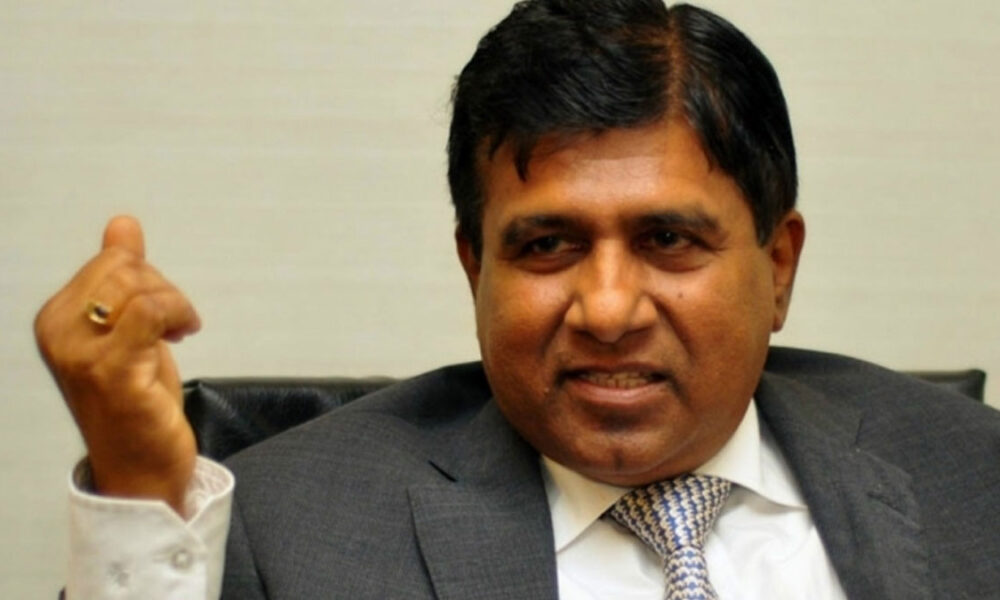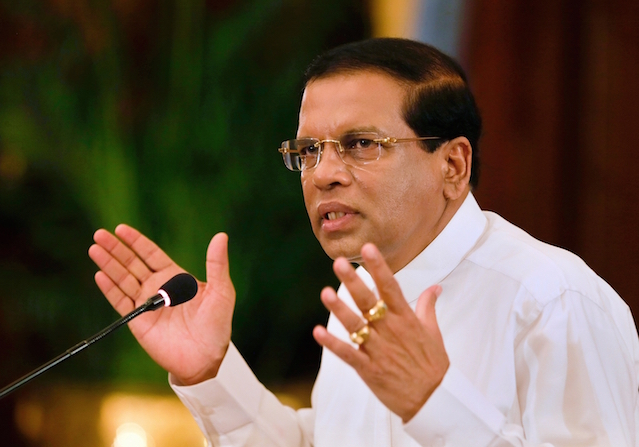Former President Maithripala Sirisena, despite facing censure as the Chairman of the Sri Lanka Freedom Party (SLFP), made a significant announcement during a commemoration ceremony for the late T.B. Ilangaratne. He revealed that Minister Wijayadasa Rajapakshe would be the SLFP’s candidate for the upcoming presidential election. This declaration marks a pivotal moment in Sri Lankan politics, with Sirisena expressing confidence in Rajapakshe’s candidacy and emphasizing the party’s unified support behind him.
Sirisena, who himself served as President in the past, made it clear that he would not seek re-election to the presidency. Instead, he endorsed Rajapakshe as the party’s chosen contender. In his statement, Sirisena highlighted Rajapakshe’s alignment with the majority of SLFP members and assured him of their unwavering support.
The decision to nominate Rajapakshe underscores the SLFP’s strategic maneuvering in the political landscape. By selecting a candidate from within the ruling party who has now aligned with the SLFP, the party aims to consolidate its position and present a formidable challenge in the upcoming election. Sirisena’s assertion that Rajapakshe no longer aspires for a ministerial position suggests a commitment to prioritizing the presidential candidacy and the party’s electoral prospects.
Rajapakshe’s candidacy brings with it a wealth of experience and political acumen. As a seasoned minister, he is well-versed in the intricacies of governance and possesses a deep understanding of Sri Lanka’s socio-political dynamics. His alignment with the SLFP signifies a convergence of ideologies and objectives, aimed at advancing the party’s agenda and addressing the needs of the populace.
However, Rajapakshe’s candidacy is likely to face scrutiny and opposition from rival political factions. The upcoming presidential election is poised to be fiercely contested, with multiple parties vying for power and influence. As such, Rajapakshe and the SLFP must navigate a complex landscape of competing interests and ideological divides.
Furthermore, the success of Rajapakshe’s candidacy hinges not only on internal party support but also on garnering broader public endorsement. Building momentum and rallying grassroots support will be imperative for the SLFP in its bid for the presidency. Rajapakshe’s ability to resonate with voters and articulate a compelling vision for the future will be critical in shaping the outcome of the election.
In the midst of political upheaval and uncertainty, the SLFP’s nomination of Wijayadasa Rajapakshe as its presidential candidate represents a significant development. It reflects a strategic recalibration of the party’s leadership and signals its intent to contest the upcoming election with vigor and determination. As Sri Lanka prepares for a pivotal moment in its democratic journey, all eyes will be on Rajapakshe and the SLFP as they embark on the path towards the presidency.



